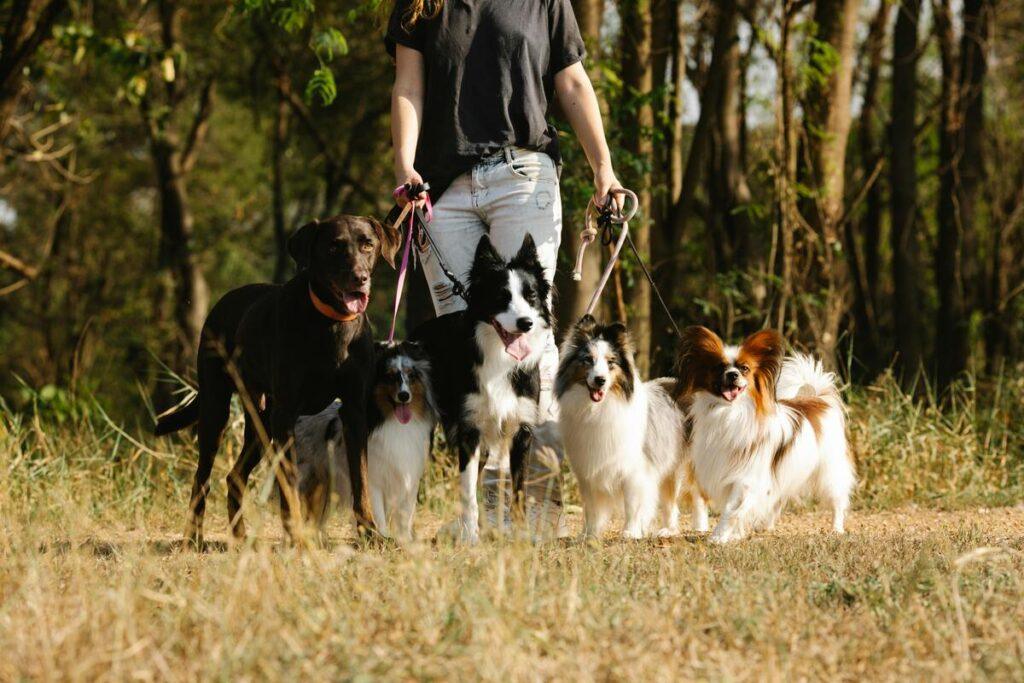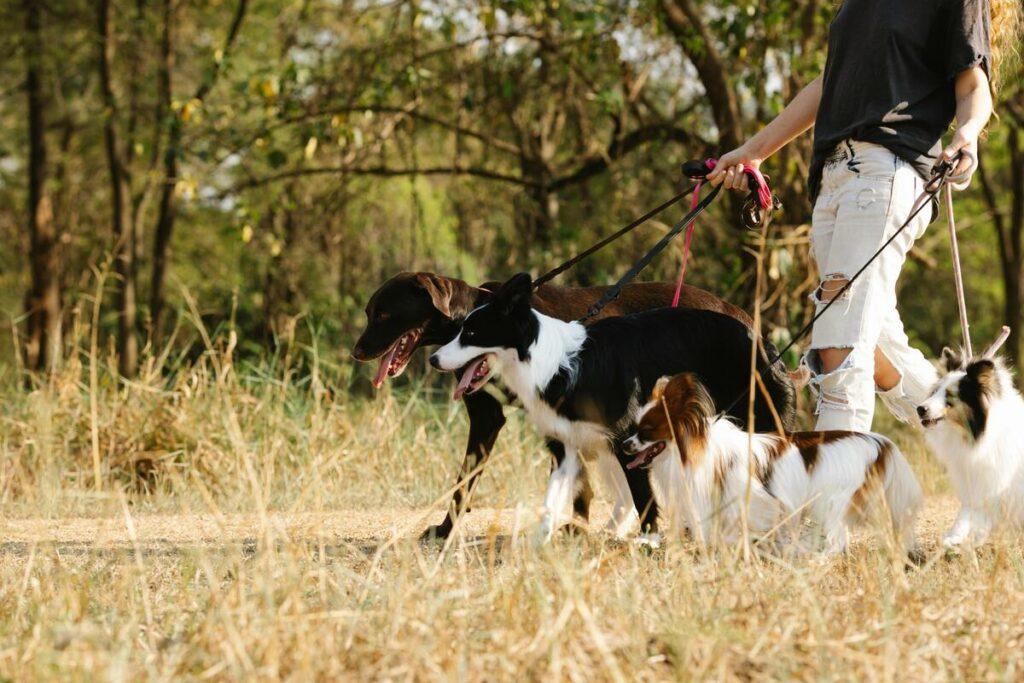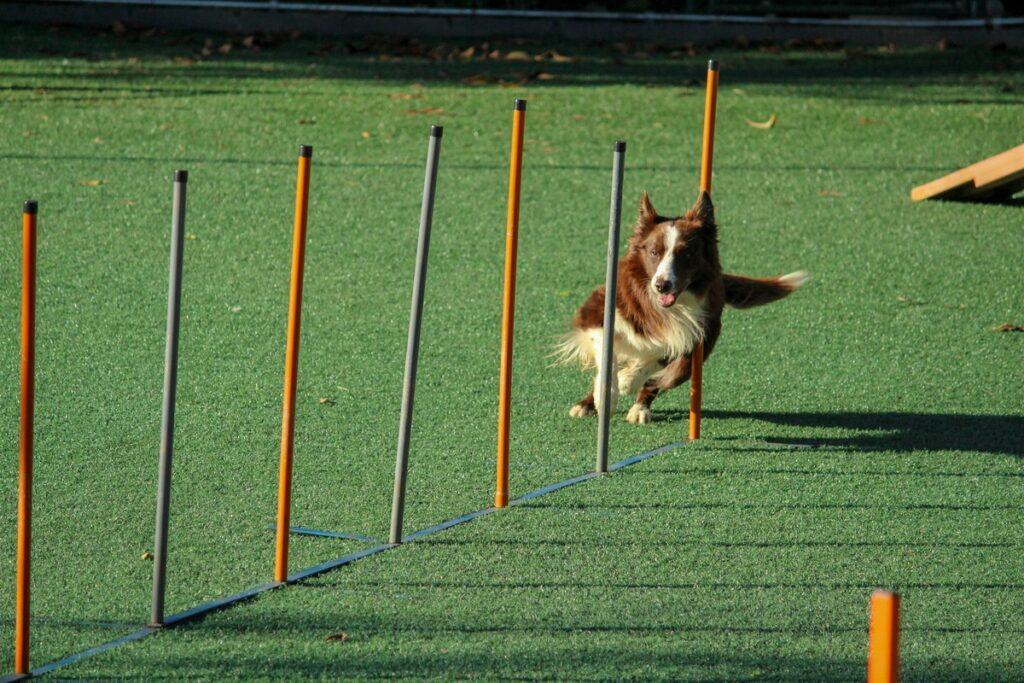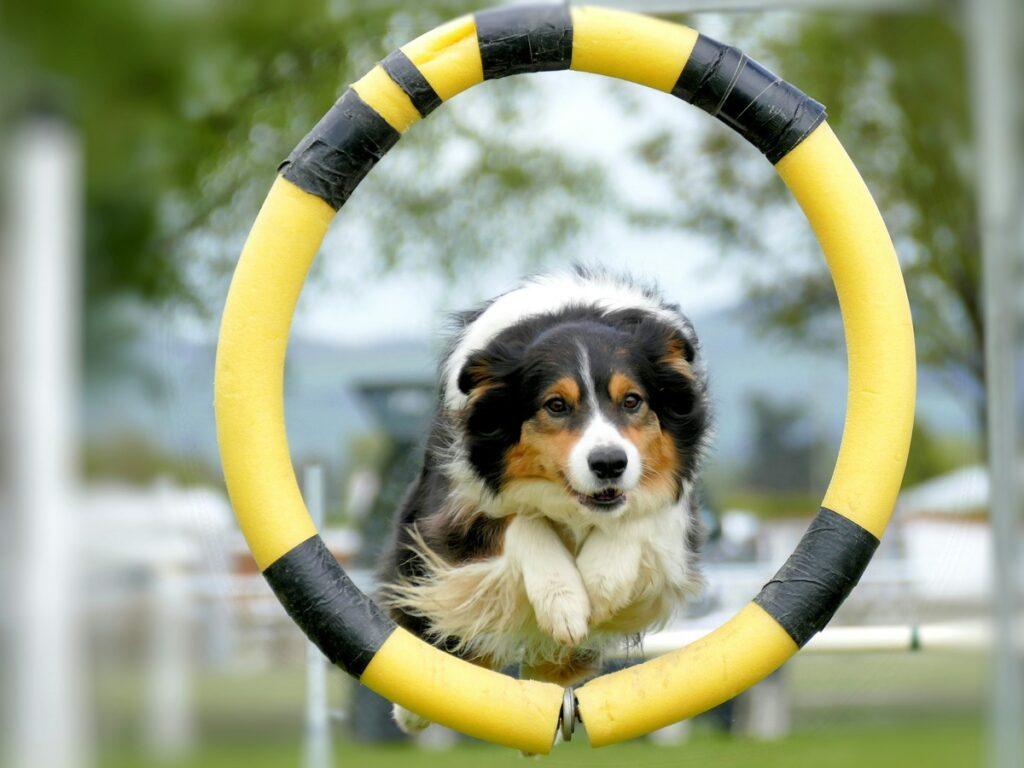How to Train a Dog to Walk Calmly Past Other Dogs
Does your dog bark, lunge, or pull on the leash when passing other dogs? Learning how to train a dog to walk calmly past other dogs is a crucial skill that can transform stressful walks into enjoyable ones. In this guide, we’ll cover proven techniques and expert tips to help your pup become more relaxed and well-mannered during walks.
Why Dogs React to Other Dogs on Walks
Understanding the root cause of your dog’s behavior is key. Some dogs are reactive due to fear, excitement, or lack of proper socialization. Others simply haven’t been trained to ignore distractions. Before we explore how to train a dog to walk calmly past other dogs, it’s important to assess their triggers.
Effective Steps to Train a Dog to Walk Calmly Past Other Dogs
1. Start with Distance – Begin in a quiet area where you can control how close your dog gets to others. Maintain a distance where your dog notices the other dog but doesn’t react.
2. Use High-Value Treats – Reward calm behavior with delicious treats. This creates a positive association with seeing other dogs.
3. Keep Sessions Short – Train in short, successful bursts. End on a positive note before your dog becomes overstimulated.
4. Use the “Look at Me” Command – Teach your dog to make eye contact with you on cue. This helps redirect their attention away from distractions.
Common Mistakes When Training Your Dog
Many owners make the mistake of punishing their dog for reacting or pulling. This can increase anxiety and worsen the behavior. Another common issue is moving too close to other dogs too quickly — always proceed at your dog’s pace.
Using Desensitization and Counterconditioning
Desensitization involves exposing your dog to other dogs at a distance they can handle without reacting. Counterconditioning pairs the sight of another dog with something positive, like a favorite treat. Over time, this changes their emotional response from fear or excitement to calm curiosity.
Real-Life Example of a Training Routine
Meet Max, a reactive Labrador. His owner began by walking in a quiet park and rewarding him every time he looked at another dog and remained calm. Gradually, Max was able to walk closer without reacting. Within six weeks, he could pass dogs on a sidewalk with no issues.

Helpful Gear for Calm Walks
Using a front-clip harness can offer better control during training sessions. Consider checking out our guide on best dog harnesses for small dogs for great options.
When to Seek Professional Help
If your dog’s reactivity is intense or aggressive, it’s wise to consult a certified trainer or behaviorist. You can find reliable resources through the CCPDT (Certification Council for Professional Dog Trainers).
Conclusion: A More Relaxed Walk is Possible
Mastering how to train a dog to walk calmly past other dogs takes patience, consistency, and the right approach. Whether you’re just beginning or looking to refine your dog’s behavior, these steps can lead to peaceful and enjoyable walks for both of you.
FAQs
How long does it take to train a dog to walk calmly past other dogs?
It varies by dog, but most show improvement within a few weeks of consistent training.
What if my dog is aggressive when passing other dogs?
In that case, work with a certified behaviorist. It’s important to address aggression with professional help.



